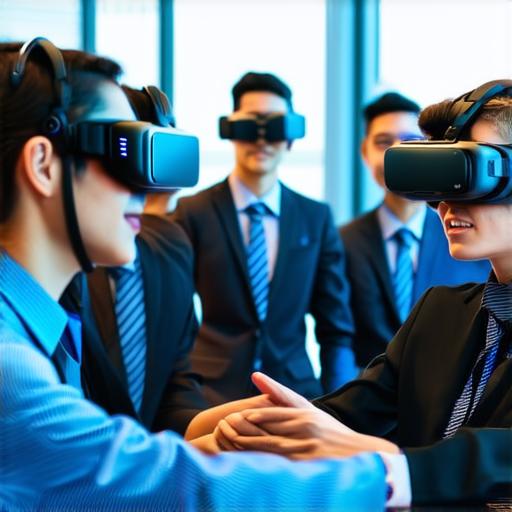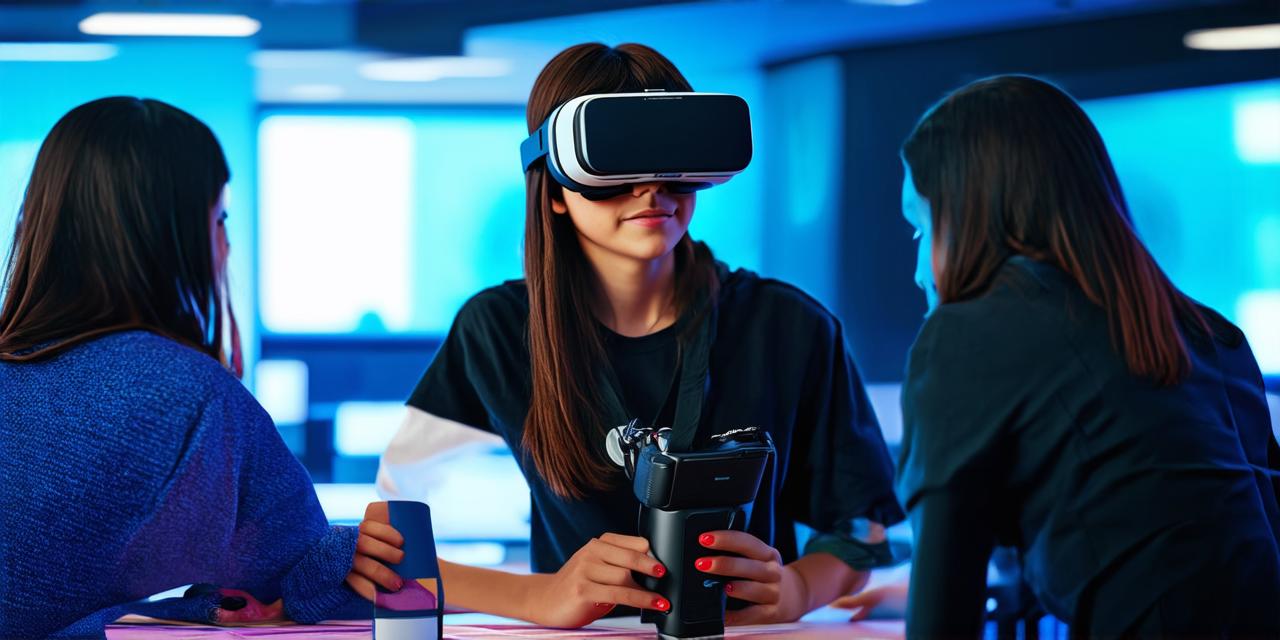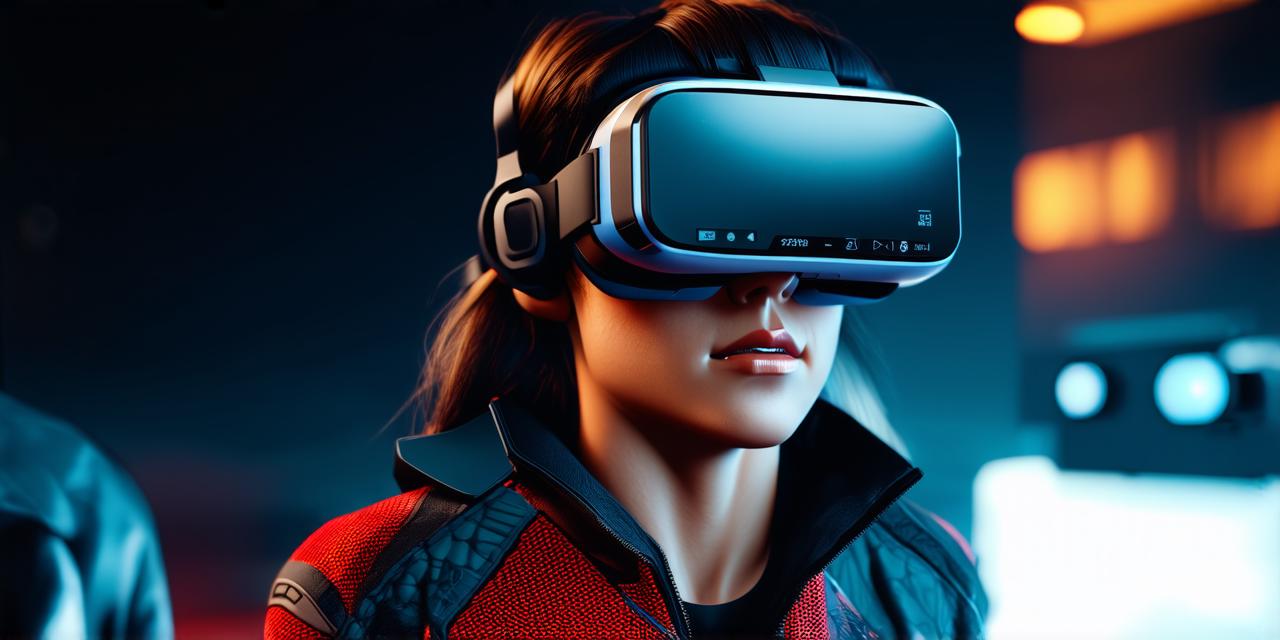Introduction:
Virtual reality (VR) technology is transforming industries, from gaming to healthcare, and it’s time to explore its potential in education. This article will delve into how VR can enhance learning experiences, increase engagement, and improve retention rates. We will also look at some real-life examples of schools and universities that have already implemented VR in their classrooms.
Benefits of Virtual Reality in Education:
-
VR technology allows students to experience things that they may never be able to do in real life, such as exploring the depths of the ocean or visiting ancient civilizations. By providing these immersive experiences, students can gain a deeper understanding of the subject matter and remember more effectively.
-
VR technology is inherently engaging, which means that students are more likely to be interested in what they’re learning. This can lead to increased motivation and better overall performance.
-
By providing students with immersive experiences, VR technology can help them remember information better. This is because our brains are wired to remember sensory information more effectively than text-based content.
Real-Life Examples of Virtual Reality in Education:
-
Stanford University’s Virtual Humanity Lab: The lab uses VR technology to create immersive simulations that help students understand complex concepts, such as the human body and natural disasters. By providing these simulations, students can gain a better understanding of the subject matter and how it applies to their everyday lives.
-
Immersive Classroom in Texas: A public school in Texas has implemented VR technology in its classrooms to provide students with immersive learning experiences. The classroom is equipped with VR headsets, and students can use them to explore virtual field trips, conduct experiments, and even learn about ancient civilizations.
-
University of Maryland’s Virtual Reality Lab: The lab uses VR technology to create simulations that help students understand complex concepts, such as engineering and physics. By providing these simulations, students can gain a better understanding of the subject matter and how it applies to their everyday lives.

Conclusion:
Virtual reality technology has immense potential in education, and we are only just beginning to scratch its surface. By providing immersive experiences, VR technology can enhance learning experiences, increase engagement, and improve retention rates. We have seen some real-life examples of how schools and universities have already implemented VR technology in their classrooms, and as the technology continues to evolve, we can expect to see even more exciting developments in the future.
FAQs:
-
How much does a VR headset cost? The cost of VR headsets has decreased significantly over the past few years, and you can now find affordable options for as little as $200.
-
What subjects can benefit from VR technology in education? VR technology has the potential to benefit many subjects, including science, history, engineering, and even language learning.
-
Can VR technology replace traditional classroom instruction? While VR technology can provide immersive learning experiences, it is not meant to replace traditional classroom instruction completely.




